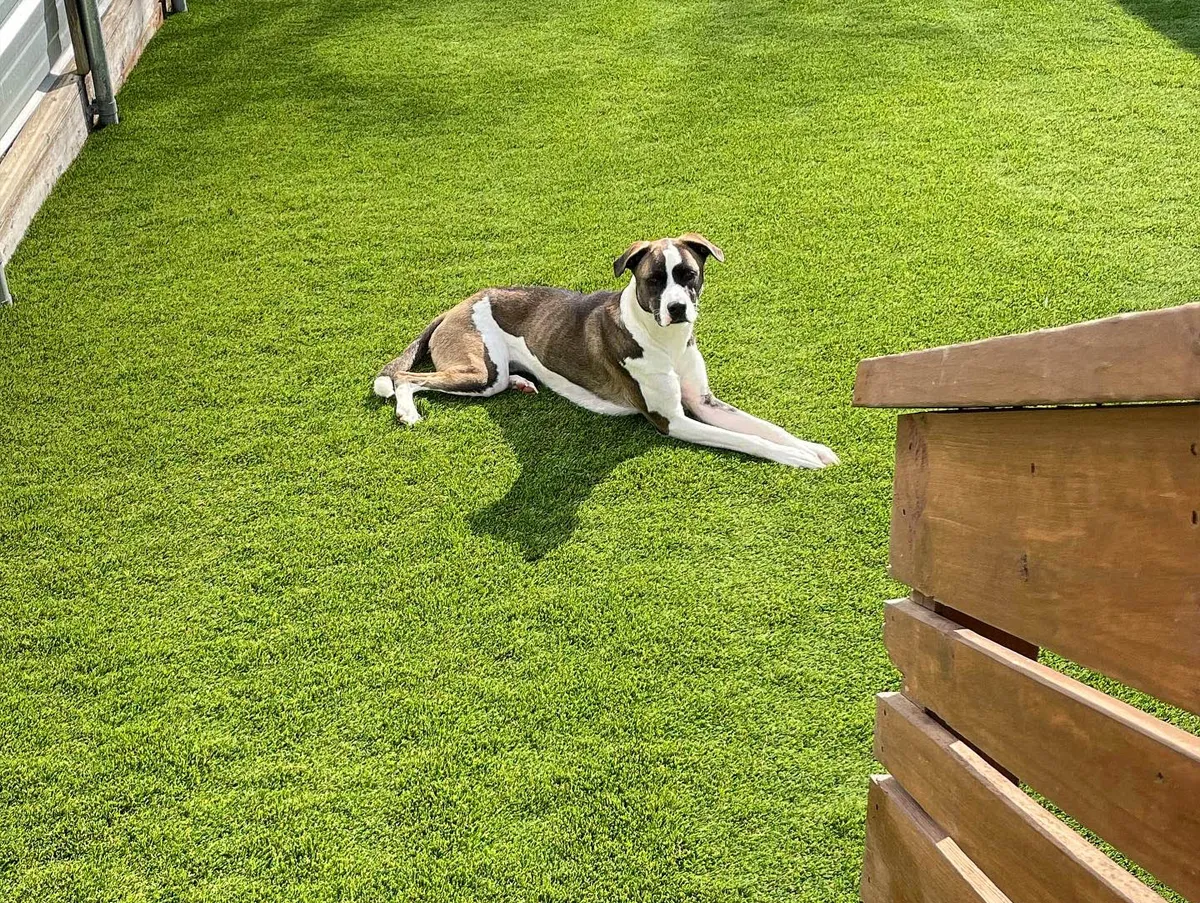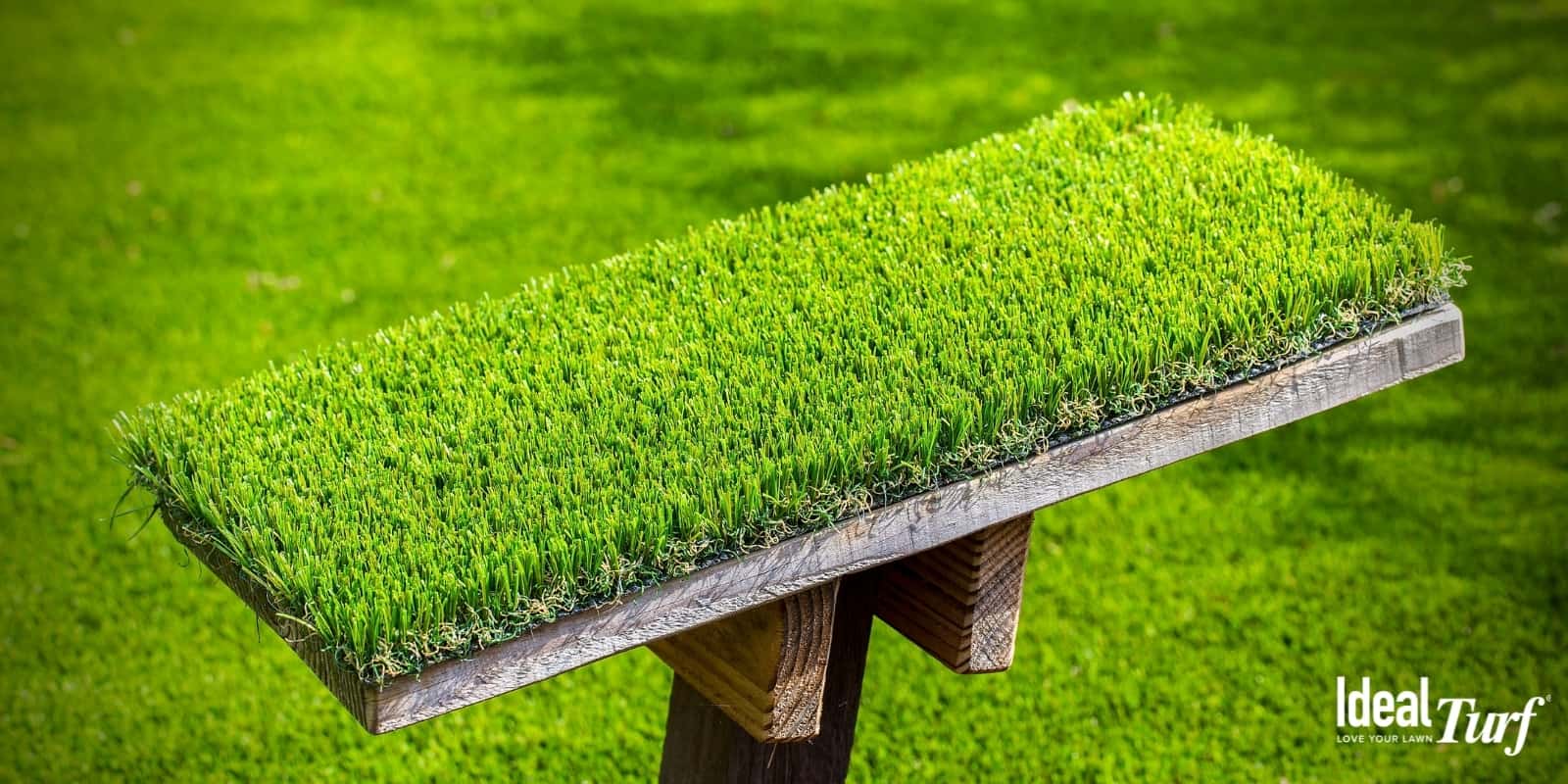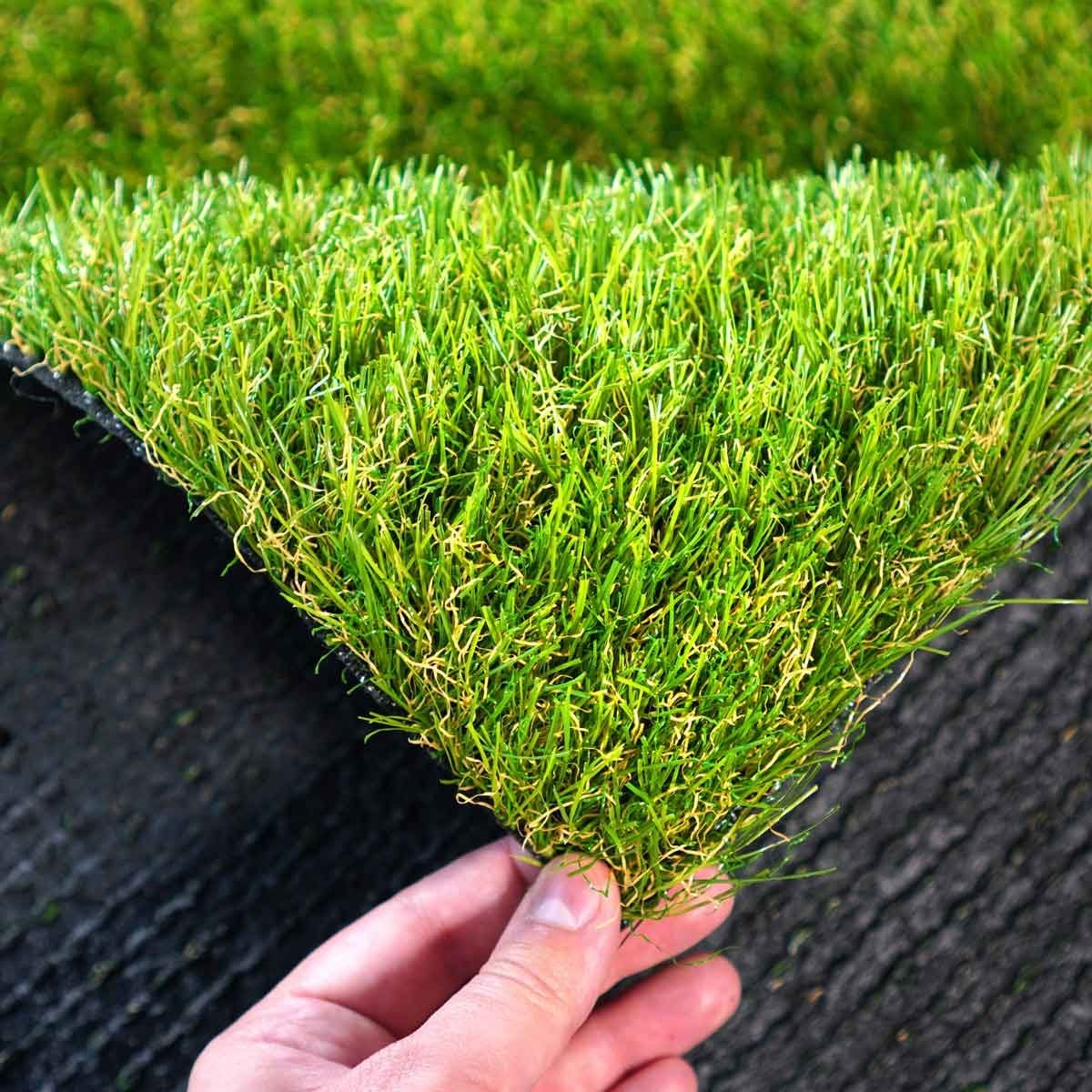Luxury Arizona Turf Installation Services for Homes and Commercial Properties
Luxury Arizona Turf Installation Services for Homes and Commercial Properties
Blog Article
See Why Homeowners Prefer Synthetic Grass for Sustainable Landscape Design Practices
As homeowners significantly focus on sustainability in landscaping, synthetic grass has actually become an engaging choice to traditional turf. Its capability to preserve water, lower upkeep initiatives, and decrease ecological influence placements it as a practical choice for those seeking environment-friendly remedies. In addition, the visual allure and versatility of artificial lawn satisfy varied style preferences. The implications of this shift expand past simple convenience and aesthetics, motivating a more detailed evaluation of how these selections influence more comprehensive environmental results. What stays to be discovered is the complete range of advantages that man-made turf can provide to property owners and the atmosphere alike.
Water Preservation Conveniences
One of the most considerable advantages of fabricated lawn is its role in water preservation. In comparison, man-made grass removes this need entirely, as it does not need irrigation.
Additionally, the setup of man-made grass can add to an extra lasting landscape. House owners can dramatically reduce their water expenses, enabling reallocation of resources to various other environmental efforts or home uses. In addition, synthetic grass is designed to endure various weather conditions without the need for additional watering, making it a perfect choice for regions encountering water deficiency.
The environmental advantages expand past immediate water savings. By lowering water intake, synthetic grass aids to reduce the impacts of environment modification, protecting vital ecosystems that are intimidated by too much water extraction. As lasting landscape design practices obtain traction, synthetic grass becomes an accountable option for homeowners looking for to develop eco-friendly outside spaces.
Minimized Upkeep Efforts
Synthetic grass significantly minimizes upkeep efforts compared to standard turf yards. With artificial lawn, homeowners can eliminate the lengthy jobs related to all-natural landscaping, such as mowing, fertilizing, and weeding. This not only conserves beneficial time but likewise reduces physical labor, making yard treatment obtainable for people of all ages.
Conventional yards call for constant cutting to preserve a visually pleasing height, whereas synthetic turf continues to be constantly lavish without the need for cutting. Additionally, homeowners no much longer require to apply chemicals or fertilizers, which are frequently required to maintain natural lawn healthy.
Furthermore, fabricated grass is resilient and durable, calling for minimal maintenance beyond periodic brushing and washing to eliminate debris. This convenience of maintenance permits house owners to enjoy their outside spaces without the continuous worry of maintenance, providing even more time for leisure and household activities. Eventually, the lowered maintenance initiatives associated with synthetic grass make it an enticing option for those looking for a low-maintenance, aesthetically appealing landscape.

Ecological Impact Decrease
There is a growing acknowledgment of the environmental advantages related to synthetic grass, especially in regards to water conservation and reduced chemical use. Traditional grass require considerable quantities of water, particularly in drought-prone areas, bring about boosted strain on regional water sources. In contrast, synthetic grass gets rid of the need for watering, dramatically reducing water usage and advertising sustainability.
Additionally, traditional grass upkeep commonly involves the application of herbicides, pesticides, and fertilizers, which can add the original source to dirt and water pollution. Synthetic grass alleviates this environmental risk by needing marginal maintenance and virtually eliminating the need for damaging chemicals. This not just improves soil wellness but likewise shields local ecological communities from hazardous drainage.
Additionally, the manufacturing of all-natural turf yards typically includes the use of nonrenewable fuel sources for mowing and landscape design devices, additional contributing to greenhouse gas emissions. By picking synthetic grass, house owners can significantly reduce their carbon footprint connected with lawn treatment activities.
Aesthetic Charm and Versatility
In enhancement to its environmental benefits, synthetic grass provides significant aesthetic allure and adaptability for landscape design. Property owners can achieve a lavish, eco-friendly look year-round, removing the seasonal fluctuations generally connected with natural yard. This consistent visual not only improves the aesthetic charm of a property however likewise adds to a sleek and well-maintained look.
Additionally, synthetic grass is available in a range of colors, styles, and textures, enabling for modification to fit individual choices and design themes - Arizona artificial turf. Whether utilized in residential gardens, industrial rooms, or leisure locations, it can website here flawlessly incorporate right into varied landscape design layouts, from modern minimalist to lush exotic settings
The adaptability of fabricated grass prolongs beyond plain appearance; it can be set up in various areas, consisting of rooftops, patios, and also indoor spaces, developing possibilities for one-of-a-kind landscape design services. Additionally, it appropriates for a variety of activities, from youngsters's backyard to pet-friendly environments, providing performance without jeopardizing style.
Inevitably, the aesthetic allure and flexibility of synthetic grass make it an eye-catching choice for homeowners seeking sustainable landscape design solutions that do not give up beauty for ecological responsibility.

Long-Term Cost Financial Savings
One of the most engaging advantages of man-made lawn is its reference potential for long-lasting price savings. Unlike natural yard, which requires regular upkeep-- consisting of mowing, watering, feeding, and pest control-- synthetic grass significantly minimizes these recurring expenditures.
Additionally, synthetic grass has a life expectancy of 15 to 25 years, relying on its top quality and usage. This toughness lessens substitute prices, making it a more economical option in the lengthy run. Moreover, the first financial investment in synthetic grass can typically be recovered through the financial savings built up with time.
While the upfront price might appear higher compared to turf installment, the cumulative savings from lowered upkeep and water usage typically outweigh these initial expenses. Eventually, the adoption of synthetic grass not just advertises a sustainable landscaping solution yet likewise offers home owners a monetarily savvy option that aligns with lasting budgeting goals.
Conclusion
Artificial lawn arises as a compelling alternative for lasting landscape design, using substantial benefits in water conservation, lowered upkeep initiatives, and diminished environmental influence. As communities progressively focus on eco pleasant techniques, the fostering of artificial turf represents a modern action toward accomplishing resilient and sustainable landscapes.
Additionally, synthetic turf is developed to stand up to different climatic conditions without the need for supplemental watering, making it an excellent choice for areas encountering water deficiency. (Turf installation phoenix az)

Synthetic turf arises as a compelling option for lasting landscaping, offering substantial benefits in water preservation, lowered upkeep efforts, and diminished ecological impact.
Report this page